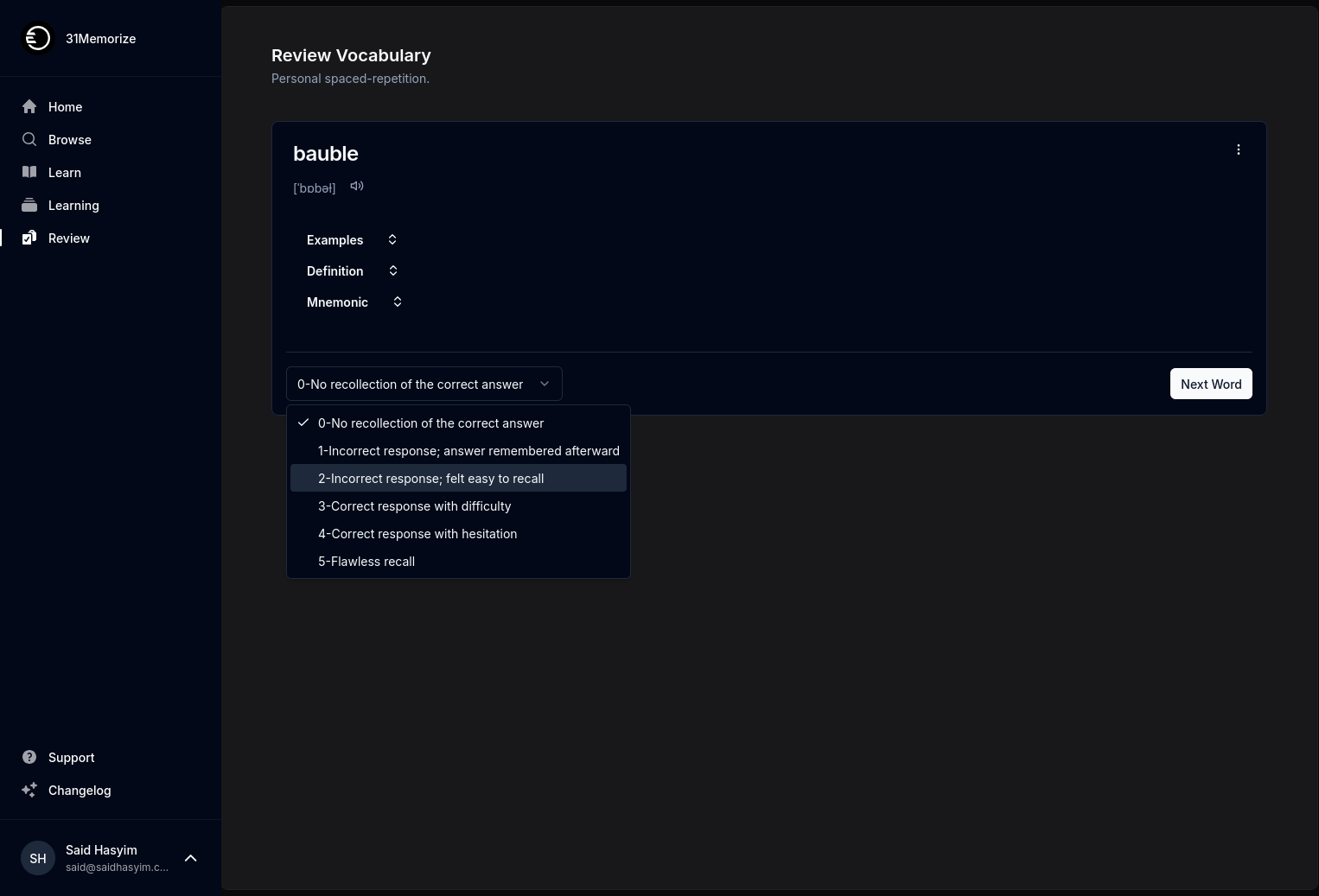Crafting Your Author Narrative with Ratings Data
In today’s literary landscape, the role of an author extends far beyond just writing. As a writer, your story is not only about the characters you create or the plots you weave, but also about the narrative you craft around your own identity as an author. This narrative can be enriched by understanding and utilizing ratings data—a powerful tool that, when leveraged correctly, can help strengthen your connection with readers, enhance your visibility, and refine your creative process.
Understanding Ratings Data
Firstly, let's dissect what we mean by ratings data. This encompasses various metrics that readers provide—typically in the form of star ratings, reviews, likes, and other forms of feedback on platforms such as Goodreads, Amazon, and social media. This information can reveal trends about how readers perceive your work, what resonates with them, and areas that may need improvement.
The Value of Ratings Data
Reader Preferences: Ratings allow authors to gauge what elements of their work resonate with readers. Is it the character development? The narrative pace? The world-building? Understanding these preferences can help tailor future projects.
Market Positioning: Ratings data provides a way to identify where your books stand in relation to others in the genre. It helps situate your work within the marketplace, allowing for intelligent comparisons that can inform marketing and promotional strategies.
Reader Engagement: High ratings often correlate with reader loyalty. By paying attention to who is rating your work and what they're saying, you can foster deeper connections with your audience, turning casual readers into lifelong fans.
Crafting Your Author Narrative
Now that you understand ratings data, how can you weave this into your author narrative?
1. Analyze Feedback to Identify Themes
Regularly review the ratings and feedback you receive. Are readers consistently praising your ability to create tension, or are they criticizing pacing issues? Dive into the reviews—both positive and negative—to extract recurring themes.
Example: If readers consistently mention your character arcs in glowing terms, this is a strength you can highlight in your author bios, interviews, or on your website. Conversely, if pacing is a frequent critique, it’s something you may wish to address in future works or communications.
2. Adjust Your Author Branding
Your author brand is built on your identity, style, and how you relate to your audience. Ratings data can help you adjust your brand to better align with readers’ expectations.
Example: Suppose your book is a romance novel with a high rating for its romantic tension but less favorable responses regarding side plots. Consider focusing your marketing efforts on highlighting the romance when promoting future works or social media posts.
3. Build a Connection with Readers
Engage with readers who leave thoughtful reviews. Gratitude can go a long way—not to mention an authentic response to their feedback can build community. Share their reviews on your platforms, or thank them for their support directly.
Example: If a reader shares an emotional response to one of your characters, consider writing a blog post or social media post discussing what inspired that character's journey. This not only enhances your narrative but also reinforces your engagement with the reader.
4. Utilize Data for Future Projects
Use insights from ratings data to inform your writing. If you notice that a certain genre or thematic element consistently resonates with your audience, consider integrating those elements into your next plot.
Example: If you’ve received higher ratings for works that include fantasy elements over contemporary settings, it might be time to pivot back to the realms of fantasy for your next work.
Building Your Narrative over Time
An effective author narrative is not static; it evolves alongside your body of work. Establish a practice of regular data review—perhaps monthly or quarterly—to ensure you stay in tune with reader sentiment.
1. Document Your Growth
Keep a running list of ratings and feedback for each of your books. This documentation can guide your writing journey, helping you to see how you’ve grown and how your audience has responded to that growth.
2. Share Your Journey
Don’t shy away from sharing this data with your readers. Sharing the highs and lows can create authenticity. Whether it's a blog post detailing your challenges with your latest release or an update on how you’ve improved based on feedback, readers appreciate transparency.
3. Celebrate Milestones
As your ratings improve over time, celebrate these achievements. Whether it’s reaching a certain average rating or hitting a specific number of reviews, acknowledging these milestones can reinforce your narrative and excite your audience about your growth.
Conclusion
Crafting your author narrative is an ongoing journey that deeply involves understanding how readers interact with your work through ratings data. By keeping a close eye on these metrics, you can not only enhance your writing but also build a more profound connection with your audience over time.
So, embrace the data, analyze your feedback, and let it guide your path. In doing so, you not only cultivate a more personal author narrative but also ensure that your career as a writer evolves into one that resonates deeply with readers everywhere. Your story as an author is just as important as the stories you tell—make it count!
